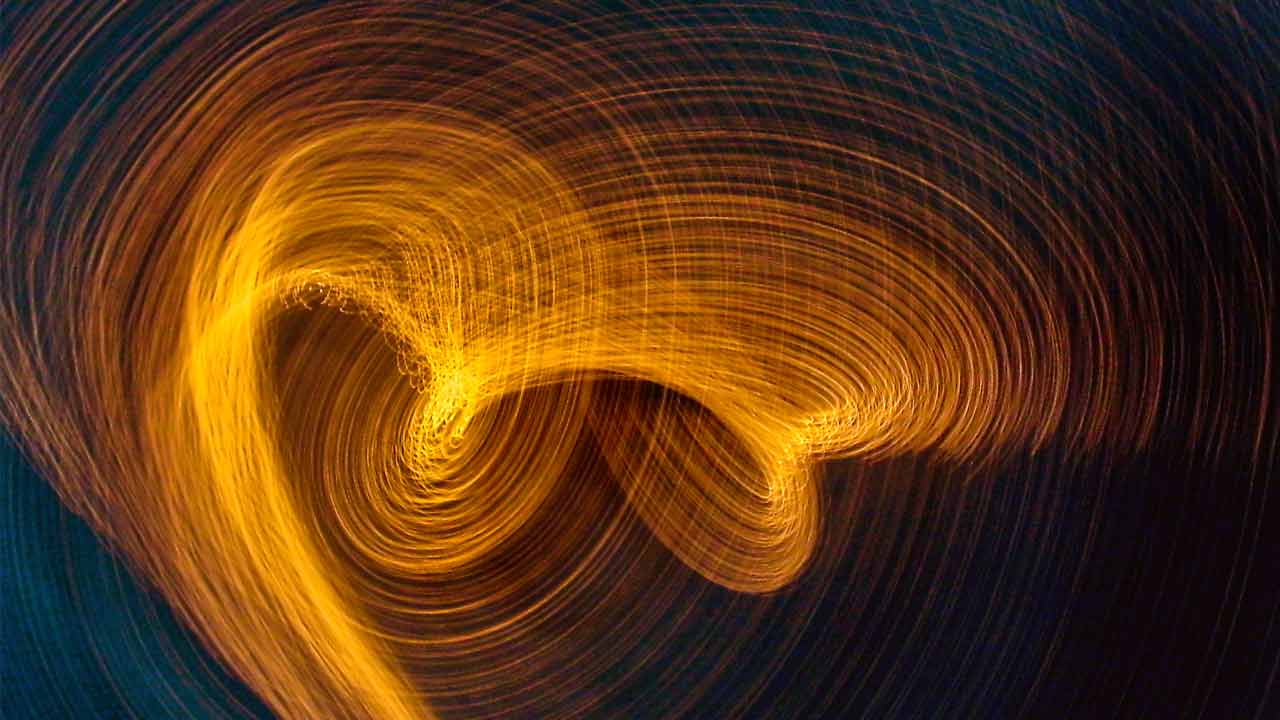As wireless networking technology continues to expand and shrink the supply of available electromagnetic spectrum, researchers are working to develop solutions to locate and develop alternate solutions for data transfer. Harald Hass, a researcher at the University of Edinburgh in the United Kingdom, is currently working to enable wireless devices to utilize the spectrum of visible light for communication.
According to Hass, the addition of a microchip to a standard LED light can direct it to blink millions of times per second. A mobile device equipped with a reader could translate those blinks into data, similar to a computer translating ones and zeros, and return communication using an LED light within the mobile device.
The idea is “a bit like sending a Morse code signal with a torch, but at a much faster rate and using the alphabet that computers understand,” Hass said.
However, the technology does have limitations. Light communication requires an unbroken “line-of-sight”: preventing the signal from traveling through walls or other barriers. The signal can also be interfered with by other, non-communicating lights.
Despite the current limitations, Hass hopes that with further development, the new technology will eventually help free up much needed space within the radio wave spectrum.






